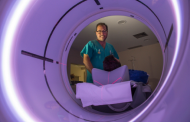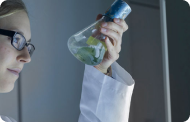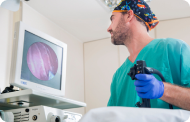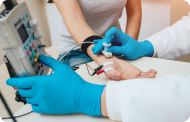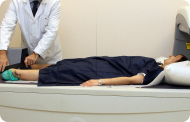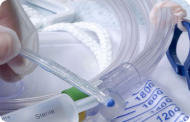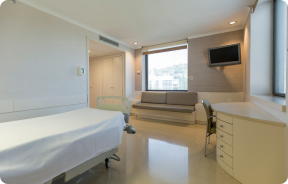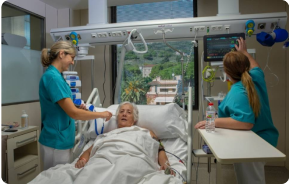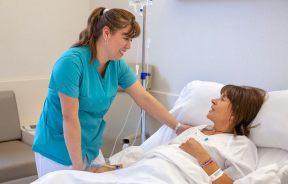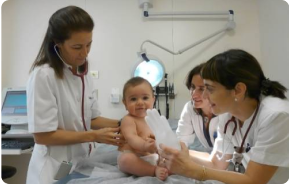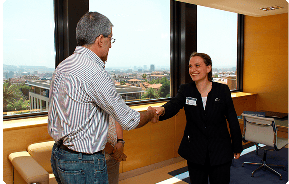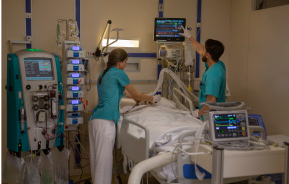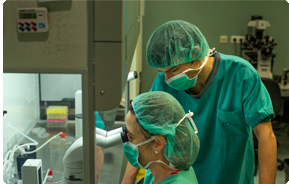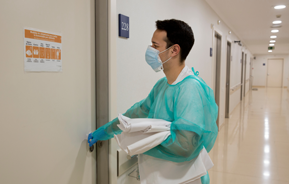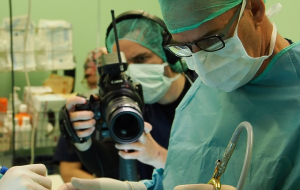

 Centro Médico Teknones/red-centros/centro-medico-teknon
Centro Médico Teknones/red-centros/centro-medico-teknon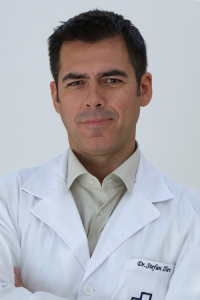 Centro Médico Teknones/red-centros/centro-medico-teknonHospital Quirónsalud Barcelonaes/red-centros/hospital-quironsalud-barcelona
Centro Médico Teknones/red-centros/centro-medico-teknonHospital Quirónsalud Barcelonaes/red-centros/hospital-quironsalud-barcelona- Centro Médico Teknones/red-centros/centro-medico-teknonHospital Quirónsalud Barcelonaes/red-centros/hospital-quironsalud-barcelona
¿Qué es el cáncer de mama?
El cáncer de mama consiste en un crecimiento anormal y desordenado de las células de este tejido.
Anatomía de la mama
La mama está formada por una serie de glándulas mamarias, que producen leche tras el parto, y a las que se les denomina lóbulos y lobulillos.
Los lóbulos se encuentran conectados entre sí por unos tubos, conductos mamarios, que son los que conducen la leche al pezón, durante la lactancia, para alimentar al bebé.
Las glándulas (o lóbulos) y los conductos mamarios están inmersos en el tejido adiposo y en el tejido conjuntivo, que, junto con el tejido linfático, forman el seno.
A modo de muro de contención, actúa el músculo pectoral que se encuentra entre las costillas y la mama.
La piel recubre y protege toda la estructura mamaria.
El sistema linfático está formado por recipientes y vasos o conductos que contienen y conducen la linfa, que es un líquido incoloro formado por glóbulos blancos, en su mayoría linfocitos. Estas células reconocen cualquier sustancia extraña al organismo y liberan otras sustancias que destruyen al agente agresor.
- Tumores benignos
- Tumores malignos
- Tipos de cáncer de mama
- ¿Es una enfermedad frecuente?
- Pronóstico
- Clasificación TNM
- Estadios
- Principales factores de riesgo
- Factores de riesgo relacionados con el estilo de vida
- Síntomas
¿Cuáles son los síntomas?
En los estadios iniciales del cáncer de mama la mujer no suele presentar síntomas. El dolor de mama no es un signo de cáncer aunque el 10% de estas pacientes lo suelen presentar sin que se palpe ninguna masa.
El primer signo suele ser un bulto que, al tacto, se nota diferente del tejido mamario que lo rodea. Se suele notar con bordes irregulares, duro, y no duele al tocarlo. En ocasiones aparecen cambios de color y tirantez en la piel de la zona afectada.
No todos los tumores malignos presentan estas características pues algunos tienen bordes regulares y son suaves al tacto. Por este motivo, cuando se detecte cualquier anomalía se debe consultar con el médico.
En las primeras fases, el bulto bajo la piel se puede desplazar con los dedos. En fases más avanzadas, el tumor suele estar adherido a la pared torácica o a la piel que lo recubre y no se desplaza. El nódulo suele ser claramente palpable e incluso los ganglios de las axilaes pueden aumentar de tamaño. Los síntomas de estas etapas son muy variados y dependen del tamaño y la extensión del tumor.
Otros signos que pueden aparecer son:
- Dolor o retracción del pezón.
- Irritación o hendiduras de la piel.
- Inflamación de una parte del seno.
- Enrojecimiento o descamación de la piel o del pezón.
- Secreción por el pezón, que no sea leche materna.
- Diagnóstico precoz
- Autoexploración
- Mamografía
- Ecografía
- Resonancia magnética nuclear (RMN)
- Tomografía axial computadorizada (TAC)
- Tomografía por emisión de positrones (PET)
- Biopsia
- Otras pruebas
El tratamiento vendrá determinado por el tamaño del tumor y si ha habido extensión a los ganglios u otras zonas del cuerpo. Por lo general, cuando el tumor es menor de 1 centímetro de diámetro, la cirugía es suficiente para terminar con el cáncer y no se precisa de quimioterapia. No obstante, hay pocos casos en los que no se requiera un tratamiento complementario a la cirugía, bien con quimioterapia o con hormonoterapia. Actualmente el factor pronóstico más importante sigue siendo la afectación ganglionar: el número de ganglios afectados ayuda al oncólogo a seleccionar el tratamiento posterior.
La intervención quirúrgica, siempre realizada por un cirujano/ginecólogo experto en cáncer de mama, permite el control local de la enfermedad y llevar a cabo un diagnóstico riguroso gracias a que se pueden determinar las características del tumor y el número de ganglios afectados por células malignas.
- Seguimiento
Controles estrictos
Después de que la mujer se haya sometido al tratamiento para la eliminación del cáncer de mama, tiene que realizar unos controles más estrictos durante los cinco primeros años. Pasados éstos deberá seguir controlándose como cualquier otra paciente sana.
Los controles son los siguientes:
- Durante los dos primeros años, tendrá que realizarse exploraciones físicas cada tres meses y una mamografía anual.
- Durante los siguientes tres años, las exploraciones físicas las realizará cada seis meses y la mamografía también será anual.
- Estos controles no precisarán de ninguna otra prueba siempre que la mujer se encuentre asintomática y su médico así lo crea conveniente.
- Otras pruebas que no son infrecuentes son un análisis de sangre, una radiografía de tórax y una radiografía ósea seriada. Se puede realizar alguna otra prueba relacionada con cualquier sintomatología que presente la paciente.



